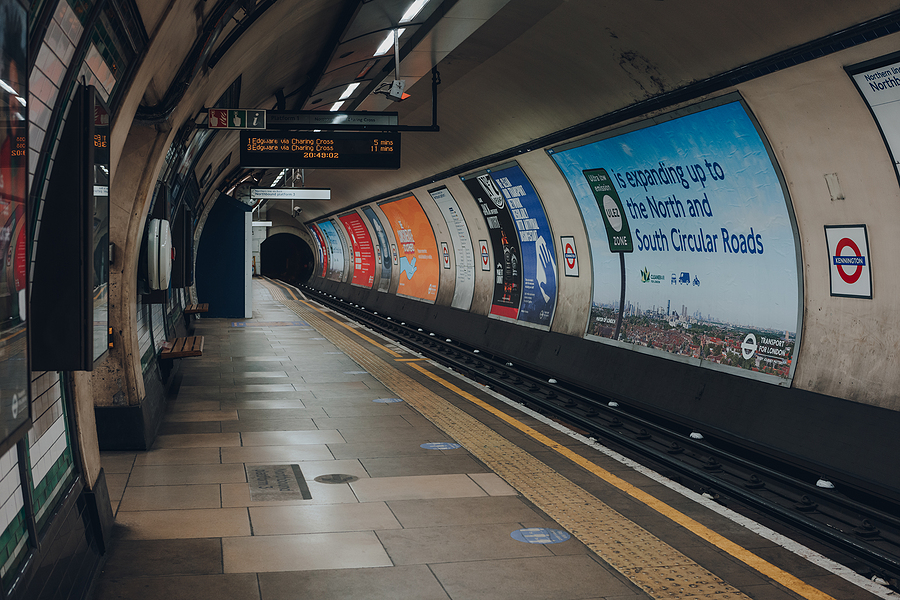London Underground has commenced services on a new spur of the Northern Line, following the completion of a £1.1 billion project that started in 2015.
The new spur features two stations, Nine Elms and Battersea Power Station, which will provide links for workers and residents travelling to and from the high Nine Elms development, a vast new project covering 227 of land by the south bank of the Thames running from Vauxhall to Battersea that includes no less than 42 building projects.
Measuring 3km in length, they will serve an area with 25,000 new homes and among those on board the inaugural journey on Monday morning (September 20th) was London mayor Sadiq Khan.
He said: “This extension will hugely improve the links between these vibrant, growing south London neighbourhoods and the rest of the capital, and will also help to support thousands of new jobs and homes as we move forward with London’s recovery from the pandemic.”
The new stations, which have step-free access, are constructed from a combination of stone, concrete, stainless steel and glass.
Having just been completed, it should be some considerable time before any significant maintenance work is needed on the new tunnels. But in time this will be necessary, as it is elsewhere on the network. Leak sealing services are among the kinds of repairs tunnels will need over time, especially in locations where they pass under rivers or through water bearing rock.
The new spur is the first expansion of the Tube since the opening of the Jubilee line extension in 1999, which included two crossings under the Thames. The next planned extension is of the Bakerloo line from its current terminus at Elephant and Castle to Lewisham.
Different tunnel maintenance challenges are presented by various parts of the network. When the London Underground first started at the Metropolitan Railway in 1863 – the first underground railway in the world – tunnels were created by the cut-and cover method, which meant hand-digging deep trenches and then building over them again.
By the end of the 19th century, shield tunnelling machines made it possible to dig tunnels deeper, faster and without disrupting people and traffic on the surface, enabling tunnels to cross under the river and overlap each other to develop interchange stations. These created the distinctive curved shape of the deep tunnels that gave the system its ‘Tube’ nickname.
Modern boring machines have dug several more lines and extensions over the past century, and in addition to the Northern Line extension they have been tunnelling away on Crossrail and HS2.
There are various places in which water may leak into tunnels, and not all of them are in the deep passages cut by the shield tunnelling machines.
Indeed, the sub-surface tunnel and station at Sloane Square is one curious case. The subterranean River Westbourne, which used to include the Serpentine (now a separate like in Hyde Park), flows over the station tracks and platform in a metal conduit, which links the culverts that take it on its journey to the Thames by Chelsea Harbour.

